Pacific Garbage Patch: A Slightly Different Picture of the Problem
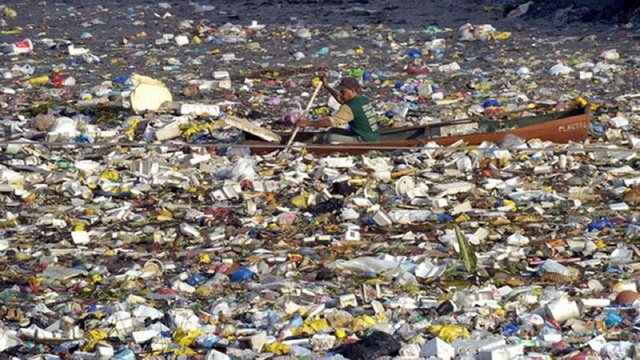
One of the more common pictures shown when discussing the Pacific Garbage Patch is of a man canoeing through trash covered waters.
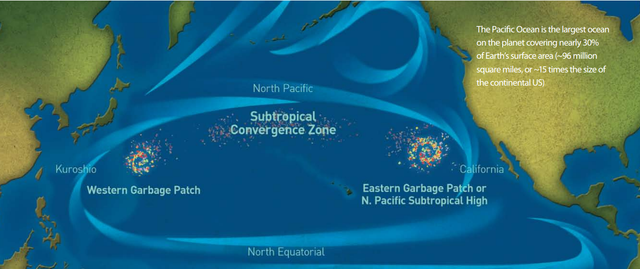
This image is actually in Manila Bay in the Philippines versus being the areas in the open ocean trash is trapped. It is the coastal areas that tend to be clogged with large plastic items like this.
The actual Garbage Patches are formed by trash (90% of which is plastic that doesn't break down quickly) being swept into circular currents, then deposited and trapped within the calmer central waters. 80% of the debris comes from land-based activities with the majority of the remaining trash being fishing nets.
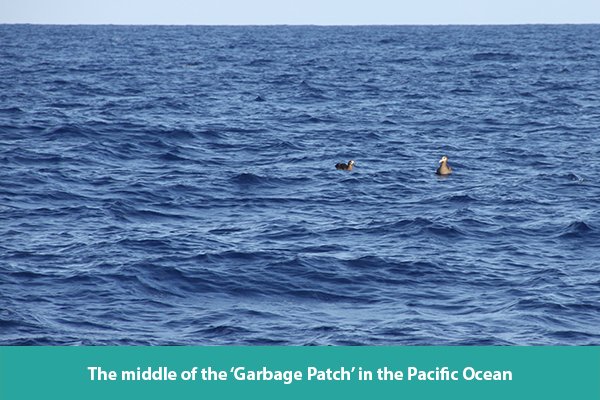
Why Don't I see all the Trash?
Researchers discovered that "70% of marine debris actually sinks to the bottom of the ocean. On there surface there are some larger pieces of plastic floating such as water bottles or milk jugs, but the vast majority that is floating in the garbage patch regions are comprised of "microplastic" having a diameter of 5 mm or less. The concentrations of these small pieces have "increased by two orders of magnitude in the past four decades.
Over time pieces of plastics break into smaller pieces that are smaller than the size of a pencil eraser. To go along with this we also have microbeads, that are very tiny pieces of plastic used as an abrasive in products like toothpaste, exfoliating facial scrubs and other beauty products. There are also "microfibers that come off synthetic fabrics like polyester or nylon that come out when put in the washing machine. The problem with these is that they aren't able to be filtered out with out wastewater treatment systems, going into the waterways and then larger bodies of water.
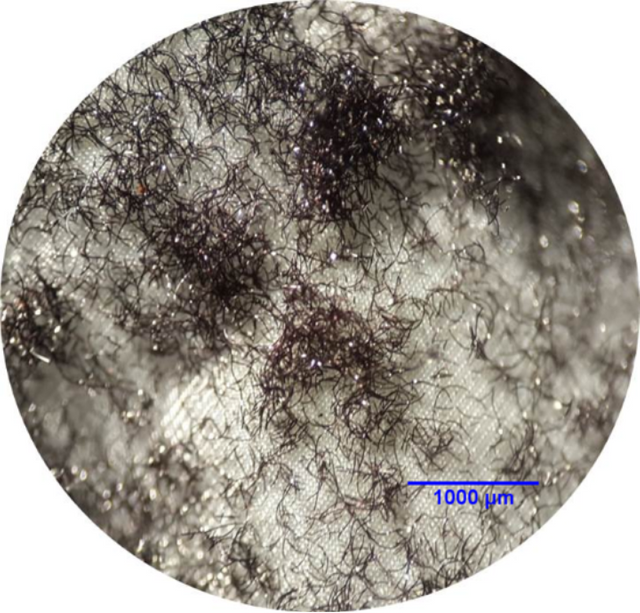
This makes them not show up in satellite images, photographs from boats, nor easily be seen by the naked eye.

What's the Problem?
The five calm water areas where the trash is deposited by currents (called gyres) are very large, covering millions of square kilometers. There isn't a dense island that's been built up, meaning the pieces are spread out making it more difficult and time consuming to clean up.
The effects larger and microplastics have include:
• Physical impact on marine life: ingestion, entanglement, starvation
• Chemical impact: the buildup of persistent organic pollutants like PCBs and DDT
• Transport of invasive species and pollutants from polluted rivers to remote areas in the ocean
• Economic impact: damage to fisheries, shipping and tourism
Some organizations such as The Ocean Cleanup have been removing some of the larger pieces while working on research and development on a passive system to catch and remove more.
While the microbeads and fibers aren't necessarily toxic on their own, filter feeder animals like oysters and mussels could be getting these into their tissues that humans eat. However the beads and fibers once in the water "harmful chemicals like PCBs and DDT, which adhere to their surface and become concentrated there.

What's Being Done?
Microbead Ban
The US Congress passed the Microbead-Free Waters Act of 2015 that banned including them in products. Companies will have until July 2017 to stop using them in currently sold products.
Ocean Trash Collection R&D
The Ocean Cleanup group is working on a system called "The Ocean Cleanup Array" they hope can clean up "about half the Great Pacific Garbage Patch in 10 years at a fraction of the cost."
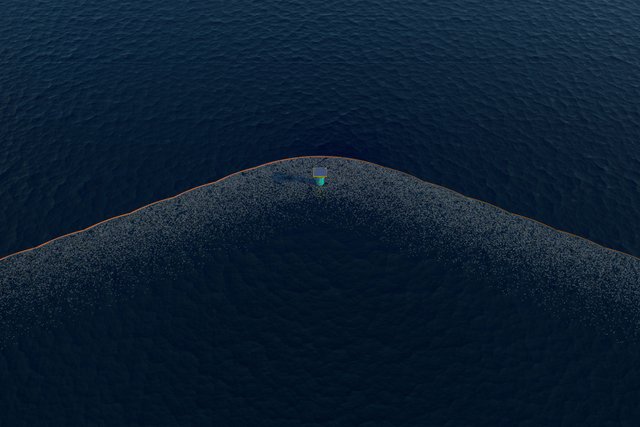
Their idea is to set up floating booms in the path of existing currents that funnel what it captures to a platform. They estimate that a large portion of the plastic is in the top 2-3 meters of the water. They expect the floating filter to not catch too much organisms since "Sea life is neutrally buoyant, which means the natural currents will guide most organisms (including plankton) under the floating screens."
A prototype of "a full-scale barrier segment" was setup last year in the North Sea. If it proves successful the project will move on the next stage of a deploying a pilot in Pacific waters in the second half of 2017.


Don't Miss the Show! Follow the Steemit Talk Podcast (STP) Account
New STP Website!!
Are you new to Steemit and Looking for Answers? - Try https://www.steemithelp.net.


Image Sources:
Canoeing Through Trash
Garbage Patch Map
Garbage Patch Photo
Magnified Microfibers
The Ocean Cleanup Array
Those human beings leaving the planet so dirty...
Vice did a piece on this issue:
Oh nice, thank you! I'll give that a watch.
This post has been ranked within the top 50 most undervalued posts in the second half of Feb 10. We estimate that this post is undervalued by $8.87 as compared to a scenario in which every voter had an equal say.
See the full rankings and details in The Daily Tribune: Feb 10 - Part II. You can also read about some of our methodology, data analysis and technical details in our initial post.
If you are the author and would prefer not to receive these comments, simply reply "Stop" to this comment.
I wonder how much of it is radioactive from Fukushima Daiichi :/
Your post is very well done. Upvoted an Followed!
I read that it takes about trash from Japan takes about a year to get into the garbage patch (it didn't state exactly which one of the 5, but I'd assume the 'eastern' one which is somewhat ironically in the western pacific.) So I'd say more than likely we would see at least some of it caught up in there.
I'm curious if anyone's taken a Geiger counter out that way.
Thank you, it's much appreciated!
What scientist goes anywhere with out their handy pocket Geiger counter?
https://www.amazon.com/dp/B00DAITFOG?psc=1
Jesus H I thought the microfibres were pubes for a second.
Hehe, I noticed that but there were too many image choices for that with most wanting to show a towel or something. That is exactly why I made sure to put a caption below that one!
That's freaking awesome!! One of the best uses of 'trash' that I've seen!
Yeah, I want one!
Ugh, I did not know about this. Thanks for writing it up. If only we took more care not to make a mess of the planet.
Yea, it's pretty crazy how much we have put out there. Personally I didn't really know about the microbeads or fibers part of things on top of the larger pieces.
It was pretty cool seeing a 22 year old that came up with a solution that is actually being tried out.
I Just Upvoted Your Post! No reason, just showing steemit Love. Have an epic Day/Afternoon/Evening! :D
Know the truth about blogging on steemit:
https://steemit.com/abuse/@iloveupvotes/permanent-compilation-common-knowledge-base-worksheet-it-stays-because-i-said-so-iloveupvotes